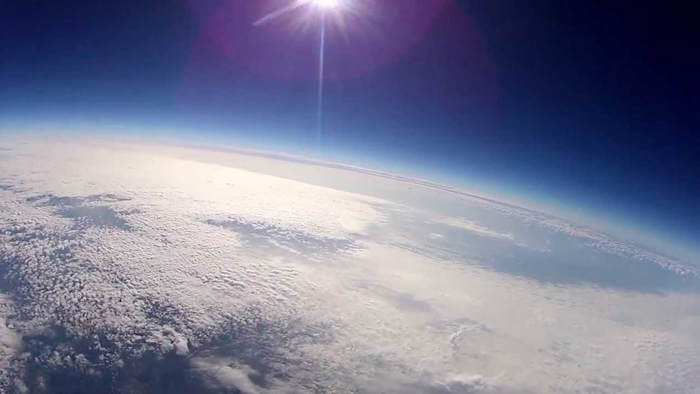"This first flight is a milestone and we`re very impressed," Allen McArtor, chairman of Airbus North America, told Reuters on Thursday after he traveled to Oregon to watch the test.
To start its flight, the Perlan 2 is towed behind a motorized aircraft but once airborne it is able to harness the energy of the wind to gain speed and altitude, said Ed Warnock, CEO of the Perlan Project, a non-profit organization run by a volunteers.
"We are asked to sponsor all kinds of things but we were drawn to this by its daring, the imagination involved in actually flying a glider to the boundary of space, and the fact that they knew what they were talking about," McArtor said of Airbus` decision to invest in the project.
Both McArtor and Warnock declined to discuss details of Perlan 2`s financial backing.
Next year, the Perlan Project plans to launch the glider near from the Andes mountains in Argentina, which should allow the craft to ride atmospheric waves to heights that researchers are only beginning to understand, Warnock said.
"We used to believe the stratosphere was flat, without a lot of weather, but it turns out that`s not entirely true," he said. "The largest waves of wind on the planet go up to the stratosphere."
While the Perlan Project`s primary aims are scientific rather than commercial, its 400-mile-per-hour flights have the potential to provide insights into areas of the atmosphere that could pay off for Airbus in the long run, McArtor said.
"This is building the breadth of knowledge we possess about the upper atmosphere," the Airbus executive said. "Who knows, maybe this will, in 30 years, contribute to suborbital passenger flight technology." (Reporting by Courtney Sherwood in Portland, Oregon; Editing by Dan Whitcomb and Bill Trott)
More about:
















































